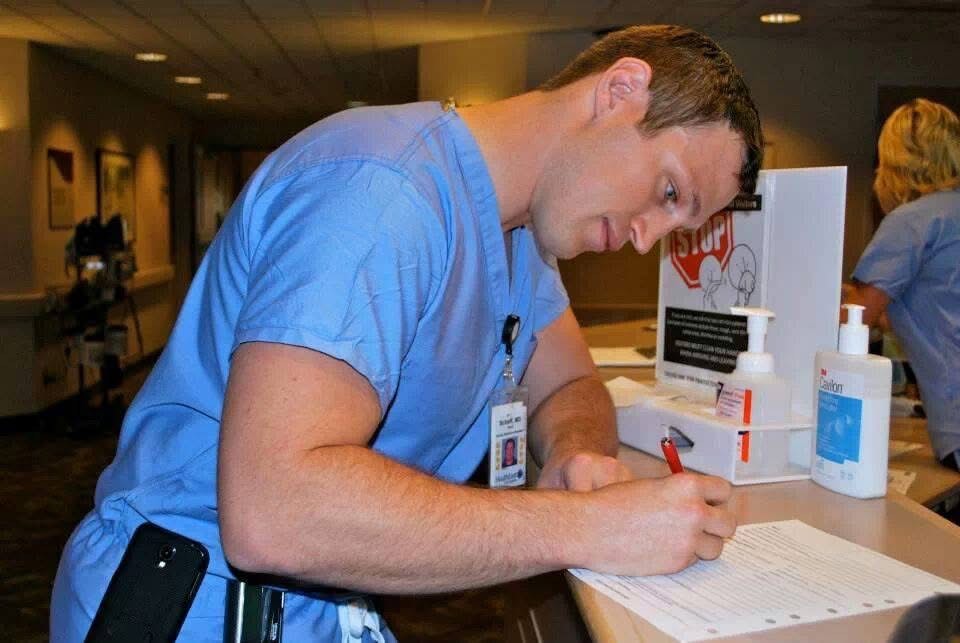Sports injuries are an unfortunate reality for athletes at all levels, from recreational players to professional competitors. As a primary care provider in sports medicine, Dr. Kent Scheff emphasizes the importance of early recognition, effective management, and appropriate referrals for athletes. His essential guide to injury management is grounded in a comprehensive approach that combines clinical knowledge, patient communication, and the development of individualized treatment plans.
Initial Assessment and Diagnosis
The first step in managing any sports-related injury is a thorough initial assessment. Dr. Scheff stresses the importance of understanding the athlete’s medical history, mechanism of injury, and symptom presentation. A detailed history not only helps with the diagnosis but also aids in determining the severity of the injury. For example, acute injuries like sprains or fractures may require immediate intervention, while chronic injuries like tendinopathy may have developed over time.
Physical examination plays a crucial role in diagnosis. Dr. Scheff suggests a systematic approach, focusing on inspection for signs of swelling, bruising, or deformities, followed by palpation to assess tenderness, warmth, and anatomical alignment. Range of motion tests and strength assessments are also key to determining functional impairments and guiding treatment decisions.
Acute Injury Management: R.I.C.E. Protocol
For acute injuries, Dr. Scheff emphasizes the importance of the R.I.C.E. protocol—Rest, Ice, Compression, and Elevation. This simple yet effective treatment is foundational for managing soft tissue injuries such as sprains, strains, and contusions. Rest prevents further damage, ice reduces swelling and inflammation, compression helps control edema, and elevation minimizes swelling by encouraging venous return.
Additionally, Dr. Kent Scheff highlights the role of anti-inflammatory medications, as they can be helpful for managing pain and swelling in the early stages of an injury. However, care should be taken to avoid over-reliance on medications and to ensure appropriate dosages based on the patient’s medical profile.
Rehabilitation and Return to Activity
Once the initial acute phase has passed, Dr. Scheff stresses the importance of rehabilitation. Effective rehab programs should be tailored to the specific injury and athlete, aiming to restore strength, flexibility, and endurance. Early mobilization, including controlled range of motion exercises, is critical to prevent stiffness and muscle atrophy. Gradual progression of functional exercises and sport-specific drills helps ensure that the athlete is fully prepared for a safe return to their activity.
Dr. Scheff also advocates for the use of sport-specific performance testing to determine readiness to return to play. Ensuring that athletes are physically and mentally prepared to resume their sport can help prevent re-injury and promote long-term recovery.
Referral and Collaboration with Specialists
Not all injuries can be managed solely in the primary care setting. Dr. Scheff stresses that, when necessary, referrals to specialists such as orthopedic surgeons, physical therapists, or athletic trainers are essential for optimal care. Collaborative care between primary care providers and specialists ensures that athletes receive comprehensive, expert treatment.
In summary, Dr. Kent Scheff approach to primary care sports medicine injury management emphasizes a holistic, patient-centered approach. By focusing on early assessment, evidence-based treatment, and rehabilitation, healthcare providers can help athletes recover effectively, preventing long-term consequences and ensuring a safe return to sport.



